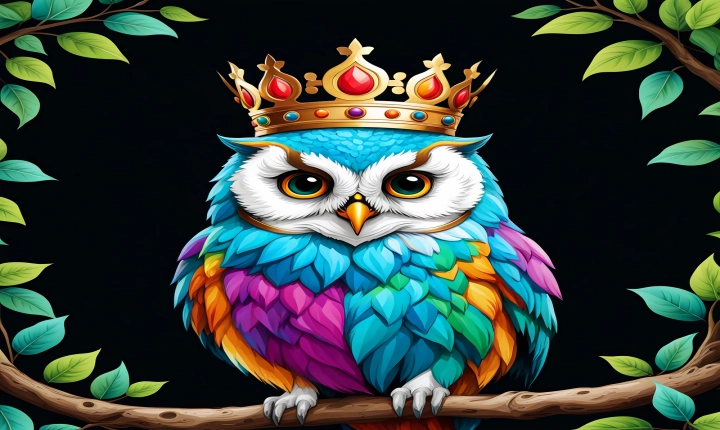Artificial intelligence has made huge strides in recent years, and it’s becoming increasingly difficult to discern whether a piece of writing was generated by a human or by a machine. With the advent of advanced language models like OpenAI’s GPT-3, it’s becoming more common to see AI-generated content in various forms, from news articles to creative writing.
So how can you tell if an article was written by AI? Here are a few key indicators to look out for:
1. Language Patterns: One of the most telling signs of AI-generated writing is the consistency of language patterns and style. AI language models are trained on large corpora of text and tend to exhibit a consistent and uniform style throughout a piece of writing.
2. Lack of Personal Voice: AI-generated content often lacks a personal voice or unique perspective. Human writers tend to inject their own experiences, emotions, and opinions into their writing, while AI-generated content tends to be more objective and detached.
3. Coherence and Structure: While AI models have improved in generating coherent and structured content, there are often subtle anomalies in the flow of the writing that may indicate its machine origin. Human writers may vary in their structure and flow, while AI-generated content can be more formulaic.
4. Factual Accuracy: AI models may struggle with providing accurate and up-to-date information, especially in rapidly evolving topics. Human writers are more likely to fact-check and verify their information, whereas AI content may rely on outdated or erroneous data.
5. Uncommon Errors: AI-generated writing often displays unusual errors, misinterpretations, or misuses of language that may not be typically seen in human writing. These errors can be indicative of the AI’s limitations or biases in understanding language and context.
While these indicators can provide some guidance in determining the authorship of a piece of writing, it’s important to note that AI models are constantly improving, and the lines between human and machine-generated content are becoming increasingly blurred. As AI technology continues to advance, it’s essential for readers to critically evaluate the source and credibility of the content they consume.
In the future, as AI becomes more prominent in content creation, it will be important for platforms and publishers to be transparent about the origin of the content and for readers to be aware of the potential influence of AI in shaping their information landscape. Ultimately, the ability to discern between human and AI-generated content will require a combination of critical thinking, technological literacy, and an understanding of the capabilities and limitations of AI language models.
